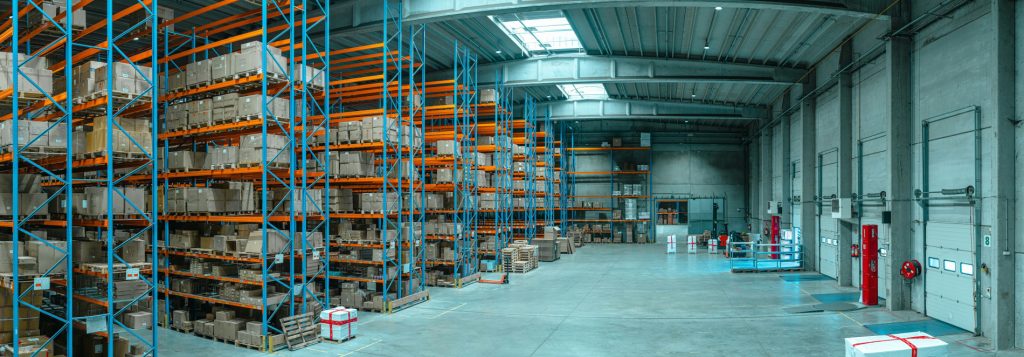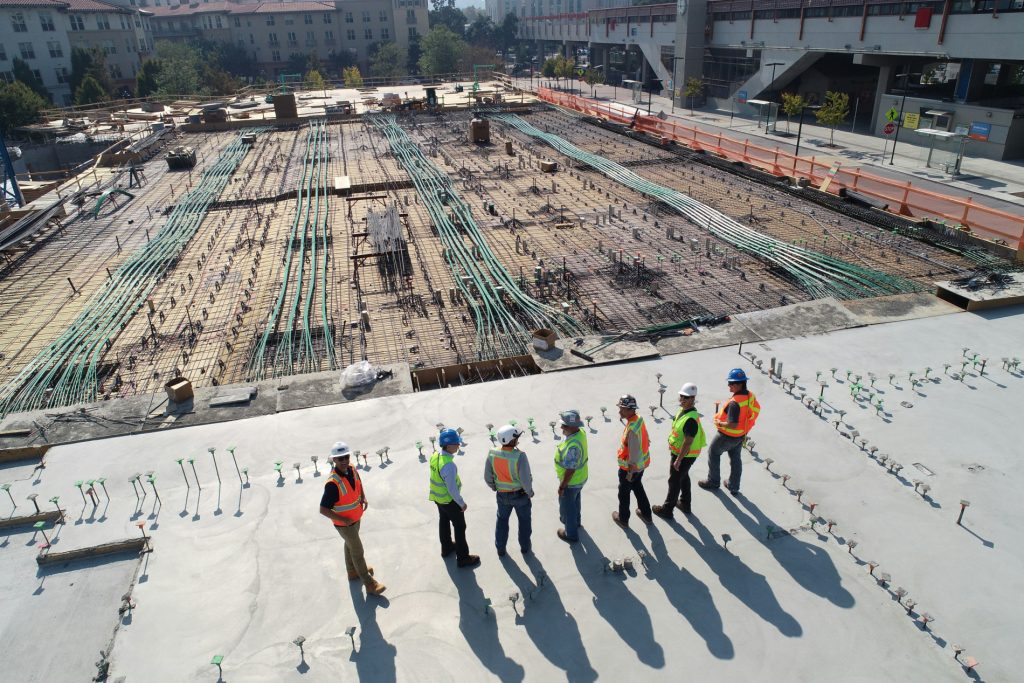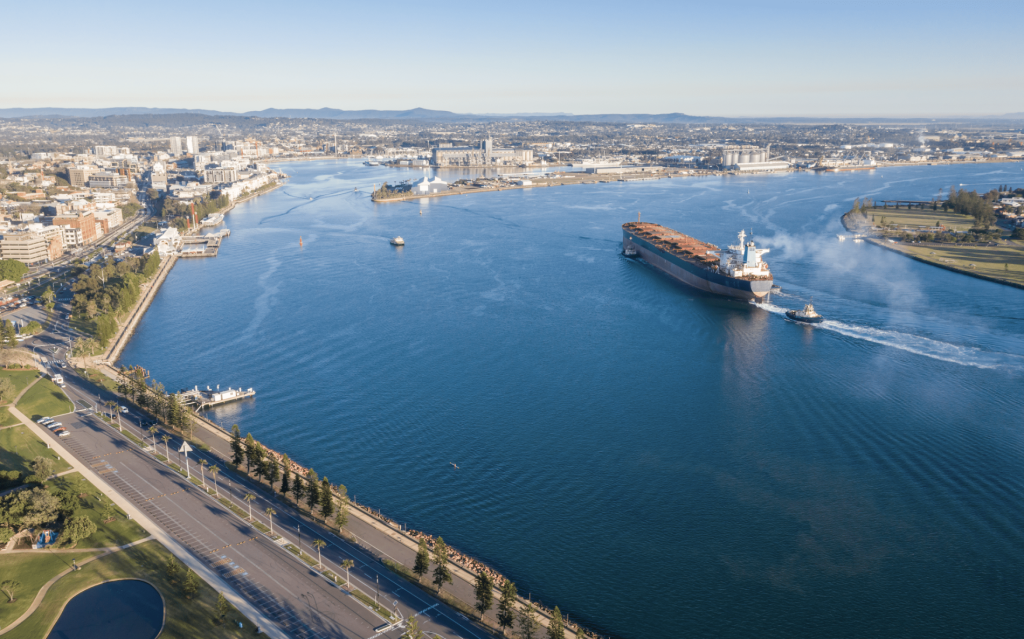Understanding the Difference Between Purchasing and Procurement
In the business world, the terms “purchasing” and “procurement” are often used interchangeably. However, they represent distinct functions within the supply chain that are essential for the efficient operation of an organisation. Understanding the difference between purchasing and procurement can help businesses optimise their processes, reduce costs, and enhance their strategic capabilities.
What is Purchasing?
Purchasing is a subset of procurement and primarily focuses on the transactional aspects of acquiring goods and services. It involves the following key activities:
1. Order Placement: Selecting suppliers and placing orders for goods and services needed by the organisation.
2. Order Processing: Ensuring that the orders are processed correctly and that the terms and conditions of purchase are met.
3. Receiving Goods and Services: Handling the logistics of receiving shipments, inspecting goods, and ensuring they meet quality standards.
4. Payment: Managing the financial transactions associated with buying goods and services, including invoicing and payment processing.
The primary goal of purchasing is to obtain the required goods and services at the right time, in the right quantity, and at the best possible price. It is a tactical function focused on the short-term needs of the organisation.
Key Characteristics of Purchasing:
- Transactional Focus: Deals with specific transactions and purchase orders.
- Short-Term Orientation: Addresses immediate needs and requirements.
- Cost Efficiency: Emphasises obtaining goods and services at the lowest possible cost.
- Supplier Interaction: Involves basic interactions with suppliers, primarily around order placement and fulfillment.
What is Procurement?
Procurement, on the other hand, is a broader, strategic function that encompasses the entire process of acquiring goods and services. It includes all activities related to identifying needs, selecting suppliers, negotiating contracts, and managing supplier relationships. The goal of procurement is to ensure that the organisation’s supply chain is efficient, sustainable, and aligned with its strategic objectives.
1. Needs Assessment: Identifying the organisation’s requirements for goods and services.
2. Supplier Selection: Evaluating and selecting suppliers based on various criteria such as quality, reliability, and cost.
3. Contract Negotiation: Negotiating terms and conditions with suppliers to ensure favourable agreements.
4. Supplier Relationship Management: Developing and maintaining strong relationships with suppliers to ensure long-term collaboration and continuous improvement.
5. Risk Management: Identifying and mitigating risks within the supply chain to ensure and reliability.
6. Sustainability: Incorporating sustainable practices and ensuring compliance with environmental and social standards.
Procurement is focused on the long-term strategy of the organisation and aims to create value beyond mere cost savings. It involves a holistic approach to managing the supply chain and aligns closely with the organisation’s overall goals.
Key Characteristics of Procurement:
- Strategic Focus: Involves strategic planning and long-term goals.
- Comprehensive Scope: Covers the entire lifecycle of acquiring goods and services.
- Value Creation: Aims to create value through cost savings, quality improvement, and innovation.
- Supplier Collaboration: Emphasises building strong, collaborative relationships with suppliers.
- Risk and Sustainability: Manages risks and promotes sustainable practices within the supply chain.
Key Differences Between Purchasing and Procurement
1. Scope:
o Purchasing: Narrow focus on the transactional aspects of buying goods and services.
o Procurement: Broad focus on the entire acquisition process, including strategic planning and supplier management.
2. Objective:
o Purchasing: Short-term goal of obtaining goods and services at the lowest cost.
o Procurement: Long-term goal of creating value and aligning with organisational strategy.
3. Activities:
o Purchasing: Involves order placement, processing, receiving, and payment.
o Procurement: Includes needs assessment, supplier selection, contract negotiation, supplier relationship management, risk management, and sustainability.
4. Supplier Interaction:
o Purchasing: Basic interaction focused on order fulfillment.
o Procurement: In-depth collaboration aimed at building strong, long-termpartnerships.
While purchasing and procurement are interconnected, they serve different purposes and require distinct approaches. Purchasing focuses on the immediate, transactional needs of the organisation, whereas procurement takes a strategic view, aiming to enhance overall supply chain efficiency and align with the organisation’s long-term goals. By understanding and effectively managing both functions, businesses can achieve greater operational efficiency, cost savings, and strategic success.
From our blog
Read our articles below to see our latest insights.









